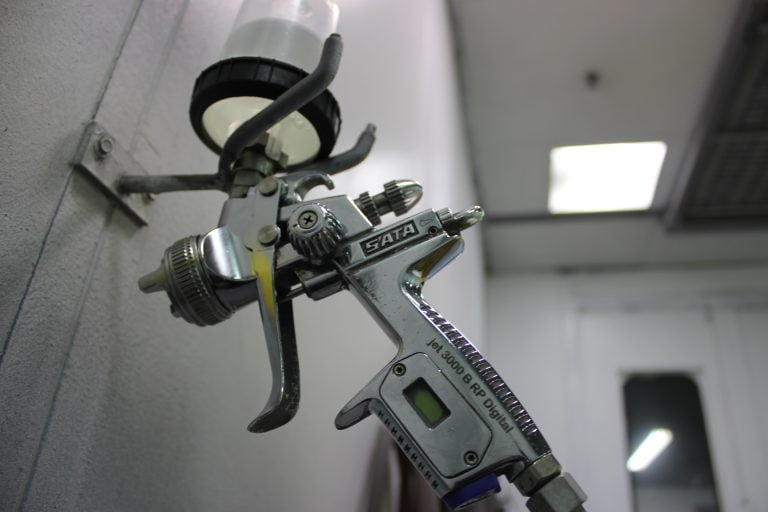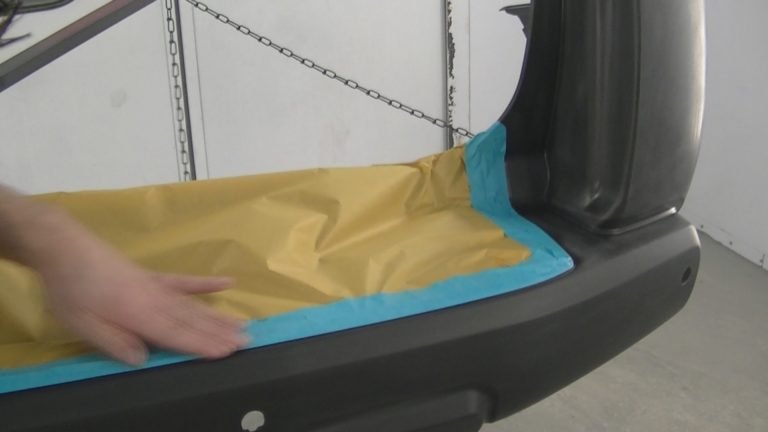What primer do I need?
Types of Primer
While the term primer can be thrown around quite loosely at times, the most basic function of a primer is to ensure a proper bond between the paint you will be applying. Before we get too deep into various types of primer, let’s clear up some terminology you will hear when discussing primer in the refinishing industry.
Primer Surfacers , a Primer surfacer refers to a primer that is used to provide some filling during a repair. It may be applied over body fillers or used to rebuild any area of paint where leveling is required. Primer surfacers always require time to dry and need to be sanded, they are generally urethane based and sometimes direct to metal. Primer Surfacers are often referred to as 2 K , which means refers to being part as it requires a hardener to be added at the time of use. However, most other primers require hardeners too, which can create some confusion.
Non-sanding Primer or Sealer, these two terms mean the same thing and are like a primer surfacer but do not need to be sanded and are applied at the time of painting. They provide some filling and are most commonly used over new parts.
Which brings us to E-coat, which is a factory coating found on new panels. It is applied by dipping electrically charged parts into a paint vat. This primer is incredibly thin, which is why a non-sanding primer or primer surfacer is required over them to provide a durable foundation for painting.
Epoxy Primer – Epoxy is an extremely durable primer that can be used in a variety of ways. It can be used under a urethane primer to provide additional corrosion protection,, as a primer surfacer, or as a non-sanding primer. Epoxy primers usually take more time to dry than urethane primers but they can be applied direct to metal, which makes them a popular choice in restoration.
Etch Primer – Etch primer is an acid-based coating designed specifically for bare metal. It contains no filling properties and is specifically designed to prepare bare metal to be coated with another primer or paint product.
Plastic Primer or Adhesion Promoter -You will come across this product by both names, the purpose of this product is to prepare a plastic surface to be coated with another primer or paint product.
These are by far the most popular choices by professional refinishers, however, you may encounter additional options such as UV cured, or waterbased primer which are also great solution is certain situations. You generally want to avoid 1 part aerosol primers that claim to provide filling characteristics as they lack the required strength and can lead to compatibility issues with the paint being applied over top of them.








What is the block sander used in Different types of primer? The sander appears at 43 seconds into the video. Thank you.